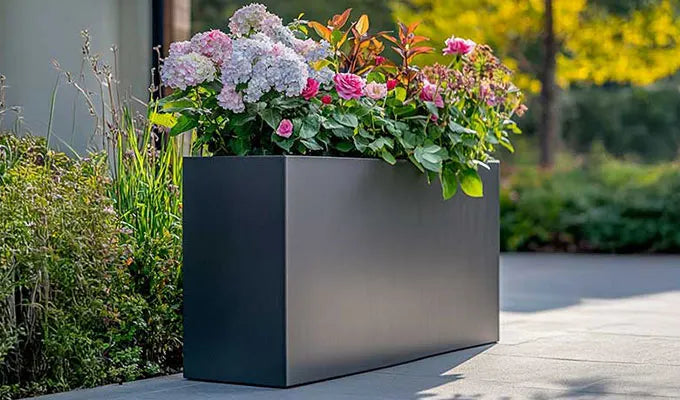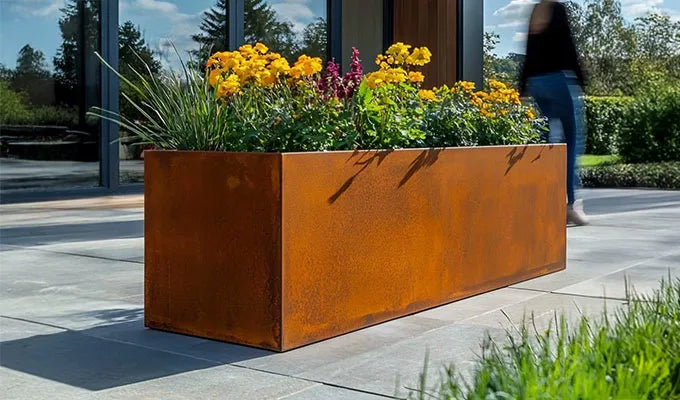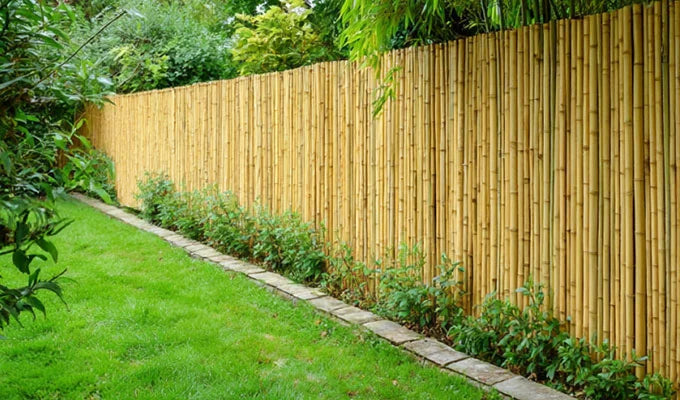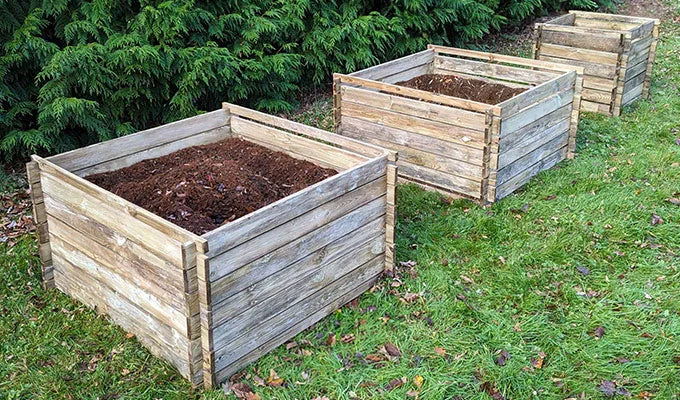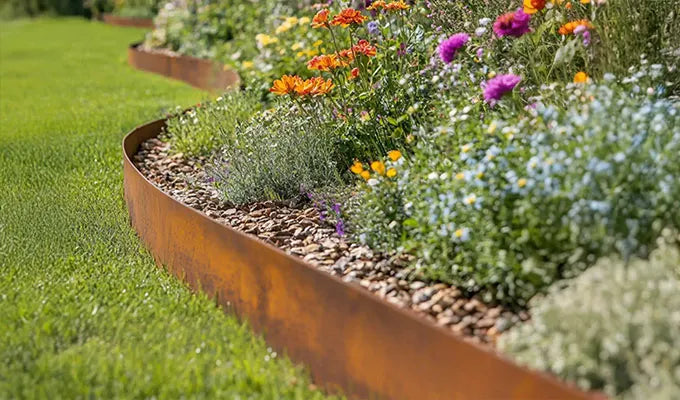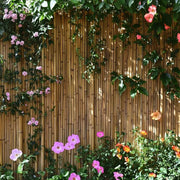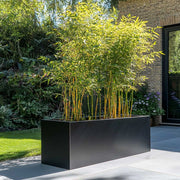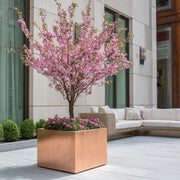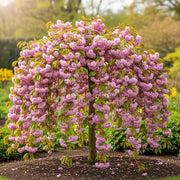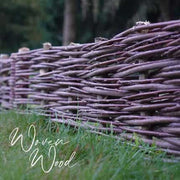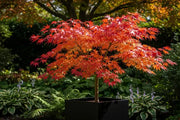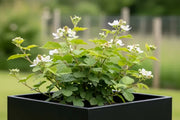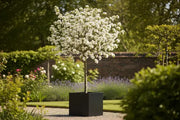Japanese Acers: Cultivating Seasonal Splendour
Japanese Acers, with their captivating seasonal displays, are a beloved addition to the British landscape. Their elegant forms and exquisite foliage, which transitions through vibrant greens, rich purples, and stunning autumnal reds and oranges, make them a perennial favourite for gardens across the UK. These exquisite trees are remarkably well-suited to our temperate climate, appreciating the generally mild summers and consistent rainfall, though they do require protection from the harshest winds and scorching afternoon sun.
For those with smaller gardens, patios, or balconies, many varieties of Japanese Acers, particularly the dwarf and semi-dwarf cultivars, thrive beautifully when grown in planters. When cultivating an Acer in a container, select a pot that is generously sized and has excellent drainage holes. A good quality, loam-based compost mixed with some grit will provide the ideal growing medium. Container-grown Acers will require more diligent watering than their in-ground counterparts, especially during dry periods, and a light feed with a balanced liquid fertiliser during the growing season. In particularly harsh winters, moving potted Acers to a sheltered spot or providing some insulation for the pot can prevent root damage.
How to Grow Japanese Acers:
- Location: Choose a sheltered spot in the garden, ideally with dappled shade, particularly in the afternoon. Protection from strong, drying winds is crucial as these can scorch their delicate leaves. An east-facing aspect often proves ideal.
- Soil: These trees prefer well-drained, slightly acidic soil that is rich in organic matter. If your soil is heavy clay, incorporate plenty of grit or horticultural sand and well-rotted compost to improve drainage and structure.
- Watering: Keep the soil consistently moist, especially during dry spells and for newly planted trees. However, avoid waterlogging, which can lead to root rot.
- Feeding: Japanese Acers are not heavy feeders. A light application of a balanced, slow-release fertiliser in the spring can be beneficial, but excessive feeding can cause leaf scorch.
- Pruning: Minimal pruning is generally recommended to maintain their natural, graceful shape. Remove any dead, damaged, or crossing branches in late summer to early autumn. Pruning at other times of the year can cause the tree to 'bleed' sap, which can weaken it.
Flowers and Fruit:
The flowers of Japanese Acers are generally quite inconspicuous. They typically emerge in spring, often in small, reddish-purple clusters, and can be easily overlooked amongst the flush of new foliage. While not grown for their floral display, they are an interesting detail upon closer inspection.
Following the flowering period, the trees produce distinctive winged seeds known as samaras. These often develop in late summer and autumn, adding another layer of visual interest to the tree. Depending on the variety, the samaras can mature with attractive reddish or purplish hues, complementing the changing leaf colour as the season progresses.

